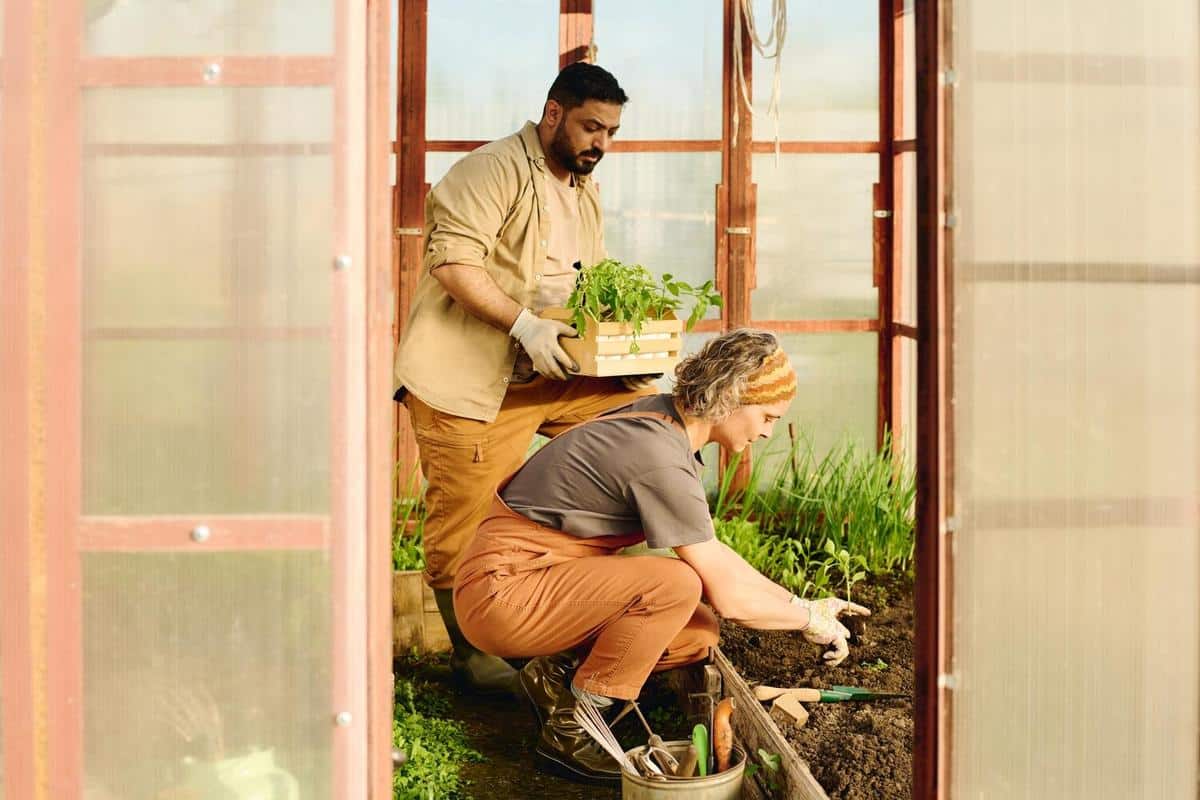
DIY Compost Bins: Turning Waste into Nutrient-Rich Soil
Composting at home is an incredible way to transform your kitchen and garden waste into nutrient-rich soil, while contributing to a more sustainable lifestyle. With a DIY compost bin, you can easily manage waste and enrich your garden in an eco-friendly manner.
Understanding the Basics of Composting
Composting is a natural process that turns organic material into a rich soil amendment known as compost. This process not only reduces the amount of waste sent to landfills but also provides gardeners with an excellent soil enhancer.
Why Compost?
According to the Environmental Protection Agency, about 30% of what we throw away could be composted. This not only helps in reducing landfill waste but also cuts down methane emissions, a potent greenhouse gas. Composting also enriches soil, helping retain moisture and suppress plant diseases and pests, thereby reducing the need for chemical fertilizers.
Expert Insights
“Composting is one of the simplest and most effective ways to contribute to sustainability,” says Linda Chalker-Scott, a renowned horticulturist. “It closes the loop, turning waste into a resource.”
DIY Compost Bin Options
Building your own compost bin can be a rewarding project. Here’s a simple comparison of different DIY options:
| Type | Materials Needed | Difficulty Level | Cost |
|---|---|---|---|
| Wooden Pallet Bin | Wooden pallets, nails | Medium | Low |
| Wire Mesh Bin | Wire mesh, stakes | Easy | Low |
| Trash Can Bin | Plastic trash can, drill | Easy | Low |
| Brick or Stone Bin | Bricks or stones, mortar | Hard | High |
| Plastic Storage Bin | Plastic bin, drill | Easy | Low |
| Tumbler Bin | Barrel, metal rods | Medium | Medium |
| Composting Pit | Shovel | Easy | Free |
| Concrete Block Bin | Concrete blocks | Medium | Medium |
Personal Experience
Building my own wire mesh bin was surprisingly simple and cost-effective. With just a few materials, I created a bin that has been serving my garden for years. The satisfaction of seeing kitchen scraps turn into rich compost is truly rewarding.
Steps to Build a Simple Compost Bin
- Choose your bin type based on the materials available and space requirements.
- Gather necessary materials such as pallets, wire mesh, or a plastic bin.
- Assemble the bin in your desired location, ensuring it’s easily accessible.
- Add a mix of green (nitrogen-rich) and brown (carbon-rich) materials.
- Turn your compost regularly to aerate it and speed up decomposition.
Maintaining Your Compost Bin
Regular maintenance is key to effective composting. Ensure a balance of green and brown materials, keep it moist (like a damp sponge), and aerate it by turning every few weeks.
FAQs about DIY Compost Bins
What can I compost?
You can compost fruits, vegetables, coffee grounds, eggshells, and yard waste. Avoid meat, dairy, and oily foods.
How long does composting take?
Composting can take anywhere from a few months to a year, depending on conditions like temperature and material balance.
Do compost bins smell?
Properly maintained bins should not smell. If there’s an odor, adjust the mix of green and brown materials.
Conclusion
Creating a DIY compost bin is a simple yet impactful way to enhance your garden while reducing waste. By turning organic scraps into nutrient-rich soil, you embrace a sustainable practice that benefits both your garden and the environment. Start your composting journey today and contribute to a greener planet.


